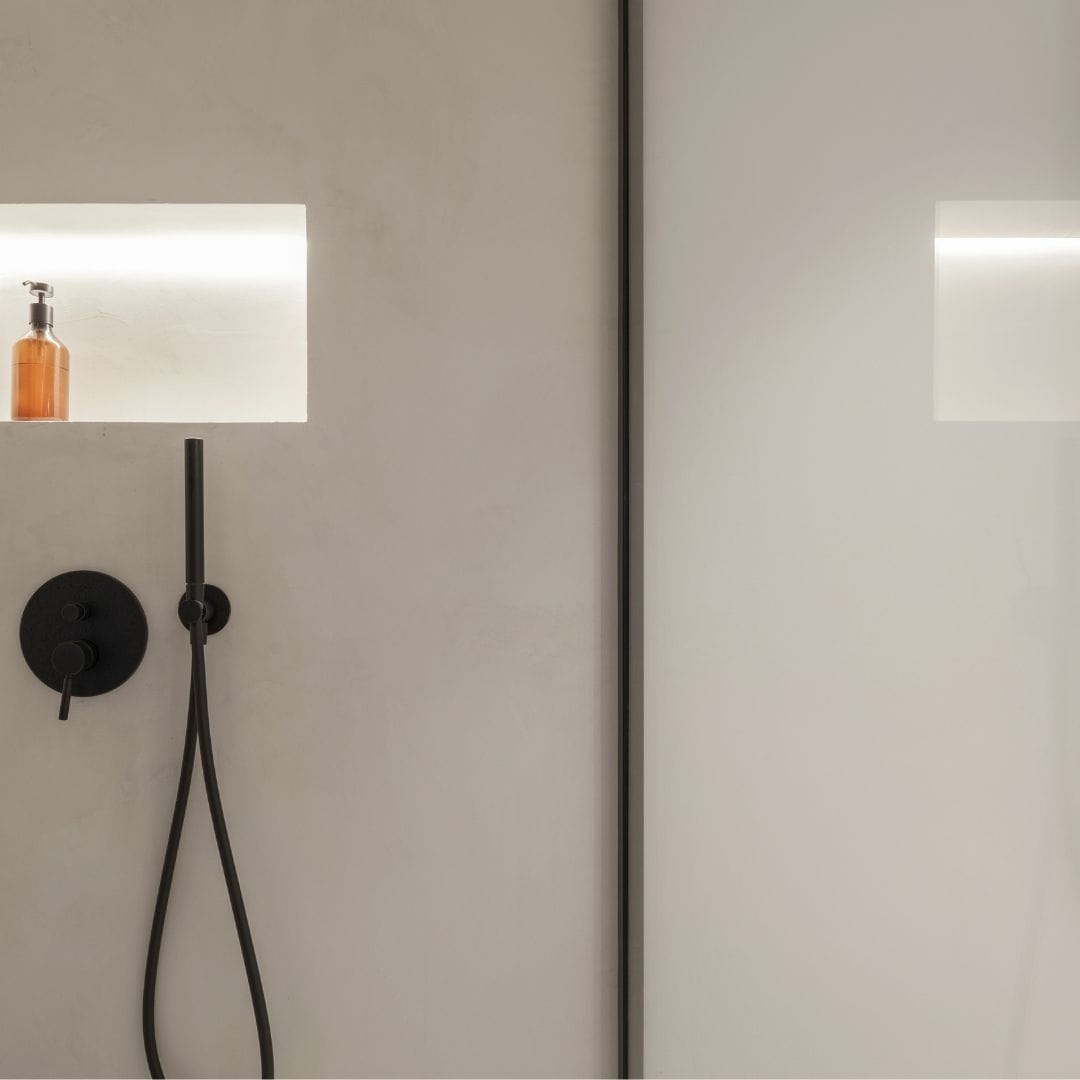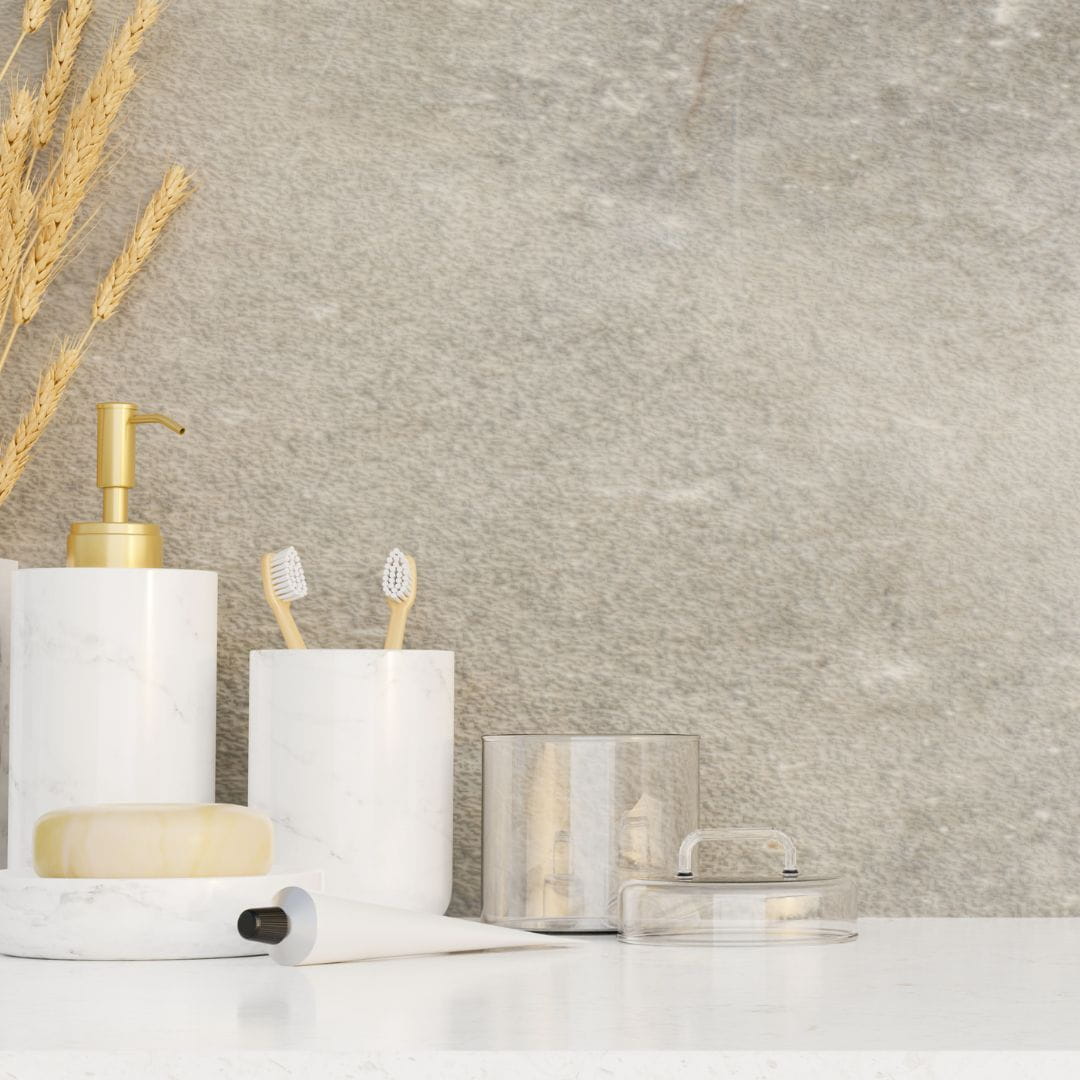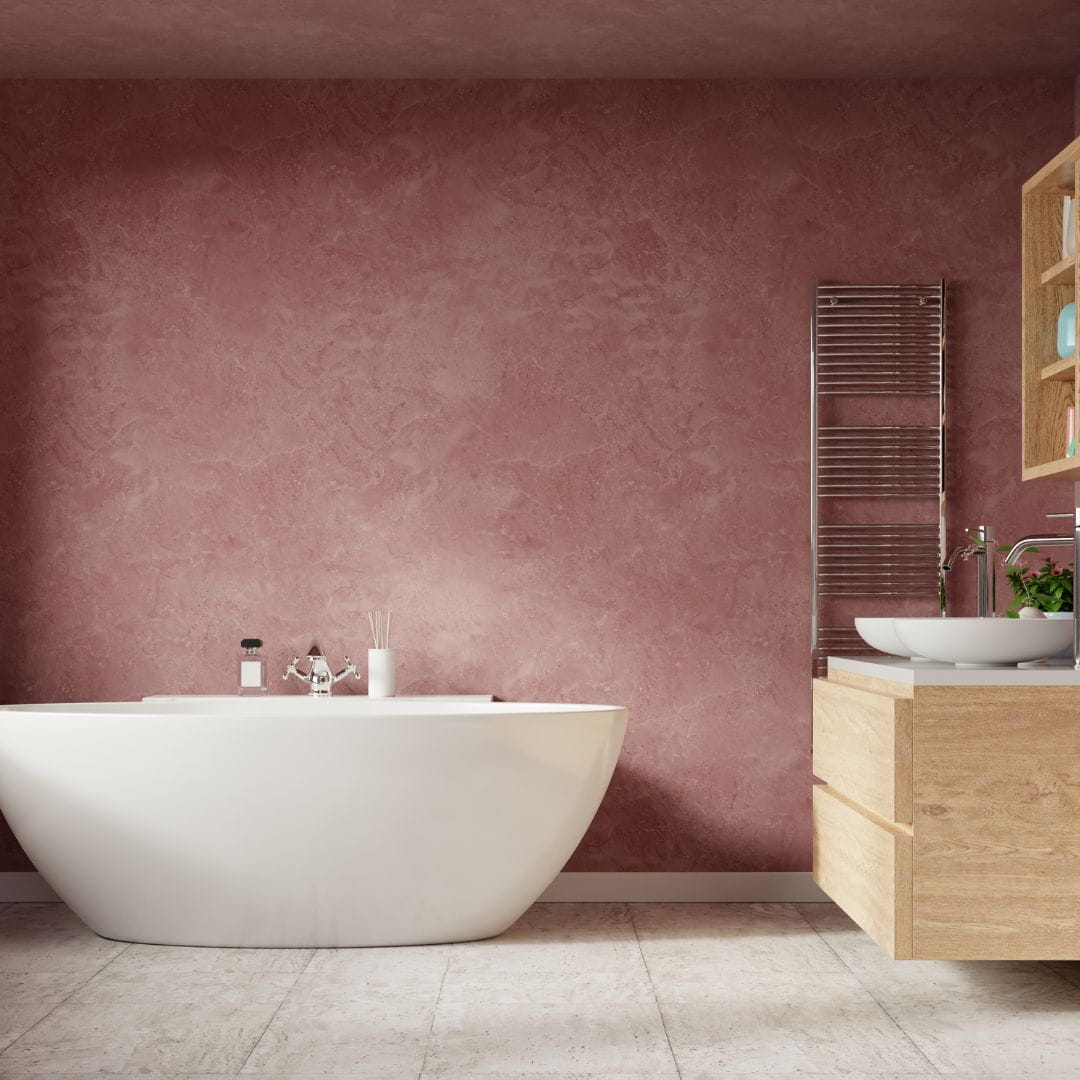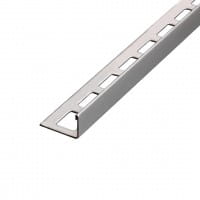What is a seamless bathroom?
A seamless bathroom refers to a bathroom in which the usual tile joints between the tiles are missing. Usually, traditional bathrooms are designed with tiles that are joined with mortar or grout. A seamless bathroom, on the other hand, eliminates these joints by using materials that are seamlessly joined together to create a smooth, seamless surface.
Seamless bathroom - advantages and disadvantages
When designing a bathroom, there are numerous aspects to consider that go beyond the purely aesthetic. One important decision point is the choice between a traditionally tiled bathroom and a more modern, seamless bathroom. While both options have their own pros and cons, it's crucial to weigh up individual needs and preferences to make the best possible choice. Below, we take a closer look at the pros and cons of a seamless bathroom compared to a tiled bathroom to gain a comprehensive understanding of both options.
Advantages
Seamless bathrooms offer a number of advantages that make them an attractive option for modern bathroom designs. For one, their lack of grouting makes them much easier to clean, as dirt and mold cannot accumulate in the usual grooves. In addition, the lack of grouting reduces the risk of moisture build-up and mold growth, which in turn increases the durability of the bathroom.
Aesthetically, seamless bathrooms offer a modern and stylish appearance that enhances a sense of spaciousness and continuity in the room. These seamless surfaces give the bathroom a sleek and appealing look. The materials used are also generally hard-wearing and durable, resulting in an extended lifespan for the bathroom.
In terms of hygiene, seamless bathrooms are advantageous as they offer fewer surfaces for bacteria and mold to grow on. This contributes to an overall improved hygienic environment. In addition, seamless surfaces allow for a variety of customization and creative design options, as different materials and surfaces can be seamlessly combined. Overall, opting for a seamless bathroom results in longer durability, easier maintenance and an aesthetically pleasing bathroom design.
Disadvantages
When deciding on a seamless bathroom, potential disadvantages should be carefully considered. The choice of materials available may be limited and some may be insufficiently tested or durable for long-term use. In addition, natural materials can be sensitive to moisture, which could lead to possible color variations. While installing a seamless bathroom promises an aesthetically pleasing seamless look, it can also be more expensive than a traditionally tiled bathroom. It also requires the expertise of a professional to implement, as the seamless look can involve a degree of complexity. Incorrect implementation can increase the risk of water damage, which could affect the long-term durability of the bathroom. To ensure the long-term integrity of your bathroom walls and floor from mold, thorough surface preparation is essential. Particularly in the area around the bath and shower, it is vital to ensure that effective waterproofing is in place. It is therefore important to consider these potential disadvantages in the context of your own needs and preferences before deciding on a seamless bathroom.
Sealing a seamless bathroom
A high-quality, suitable seal is also essential for a seamless bathroom. Particularly in the shower area, but also for washbasins and bathtubs, this should not be dispensed with to ensure a long-lasting, good result. The use of a sealant is recommended for a bathroom. This ensures that the sealants form a firm bond with the substrate and provide effective protection against water damage. It is crucial to ensure that the sealants not only work well, but also with the material used in the seamless bathroom. For this reason, we recommend the use of sealing slurries in combination with sealing tapes. Our sealing tapes can be used in certain areas, such as the transitions between the wall and floor. These are applied to the edges and provide an additional protective layer.
Seamless bathroom - what materials are available?
Which material for walls & floors? Whether clean and modern with a concrete look or warm and cozy with a natural design - thanks to the wide range of materials now available, there is something to suit every taste. But no matter which material you choose in the end, waterproof sealing must be ensured for all of them!
Beton Ciré
 Beton Cire
Beton CireAlso known as microcement, it is a durable and tested product that is used in bathrooms, showers, baths, floors, walls, stairs, ceilings and objects. The correct sealing and coating of microcement makes it water-repellent and enables it to be used in wet areas such as showers and around washbasins. Microcement can be applied to various surfaces such as concrete, tiles, plaster, brickwork and plasterboard, making it suitable for renovation projects. Microcement is robust and resistant to abrasion and wear. With the right care, it can last for years and retain its aesthetic qualities. By choosing from a variety of colors and textures, microcement can be adapted to different design preferences and styles, creating an individual and unique aesthetic in the bathroom.
Wood
Wood is one of the most popular natural building materials, as it conveys warmth and comfort and creates a natural atmosphere. With careful planning, wood can be used in bathrooms without any problems. However, it is important to note that wood exposed to moisture can swell. It should therefore not be used in areas that come into frequent contact with splashing water and moisture. However, with careful sealing, which must be renewed regularly, a wooden floor in the bathroom can also be possible. Alternatively, wood-look tiles can be used to maintain the aesthetics of wood without having to resort to the natural material.
Exposed screed
 Exposed screed
Exposed screedExposed screed is becoming increasingly popular, and for good reason. What was once considered the hidden bottom layer of the floor is now proudly presented. This smooth and seamless floor covering meets even the most demanding requirements with its aesthetic design and gives rooms a modern and contemporary look. In order for the material to be waterproof, it must be sanded and sealed. Otherwise, moisture can penetrate and damage the walls. The sealant can consist of epoxy resin, polyurethane or special oils, as well as leather, latex or rubber.
Wallpaper
Wallpaper is also still a popular choice in the bathroom. To ensure that the wallpaper in the bathroom is not damaged by moisture or splashes of water, only waterproof and steam-resistant wallpaper, such as non-woven wallpaper and wallpaper paste suitable for bathrooms, should be used. Although damp-proof wallpapers can be washed off, we still recommend that you do not apply them behind the washbasin, bathtub or in the shower area. There you should opt for a waterproof or more robust material, e.g. (microcement).
Lime plaster
 Lime plaster
Lime plasterLime plasters are very popular. They are now being used in high-quality bathrooms in particular, replacing the "old" tiles. Due to its ability to absorb moisture from the air and release it again when required, lime plaster helps to regulate the humidity in the bathroom. This breathability enables a natural regulation of the room climate by absorbing and releasing moisture. After thorough preparation of the surfaces to be treated, the lime plaster is applied in several fine coats, carefully polished and traditionally treated with olive soap. This process results in a glossy surface that resembles marble and is resistant to both water and soap.
Synthetic resin
One major advantage is that the hard-wearing synthetic resin can simply be applied to the existing tiles. If you prefer a synthetic material for your seamless bathroom, synthetic resin is a robust and easy-care choice. Synthetic resin can be used for both wall and floor design, but requires the expertise of a specialist due to its demanding processing. An outstanding feature of synthetic resin is its water resistance, which makes it a durable and low-maintenance solution for the bathroom.
Seamless bathroom - So much more expensive than with tiles?
Maybe in the past, but not necessarily today. The costs are highly dependent on the material chosen. The higher costs could result from the special preparation of the substrate and the sophisticated installation technique required for the application of seamless materials. In addition, the cost of high-quality waterproofing and specialized craftsmen can be added, which could further increase the overall price. However, even high-quality tiles can be very expensive these days, which means that a seamless bathroom does not necessarily have to be more expensive than a tiled bathroom.




